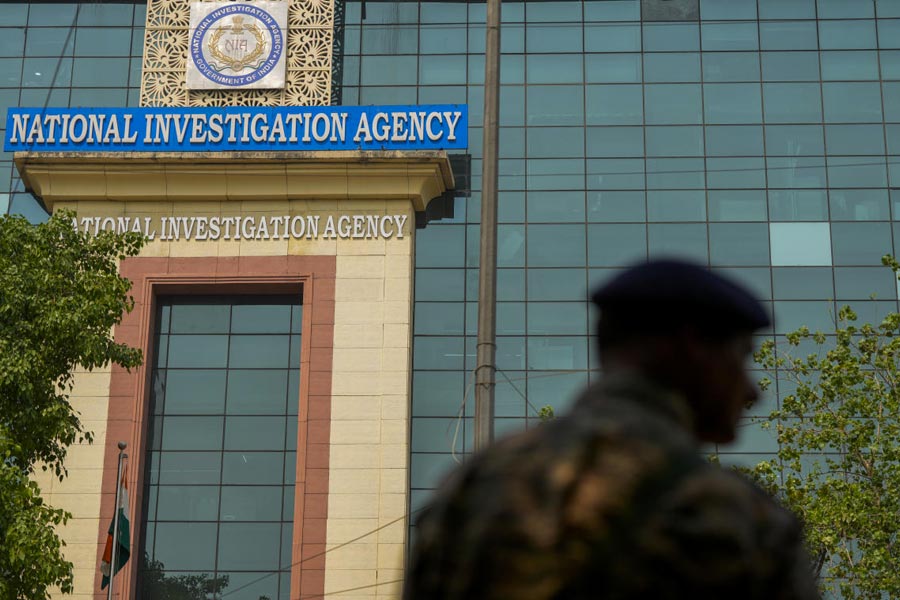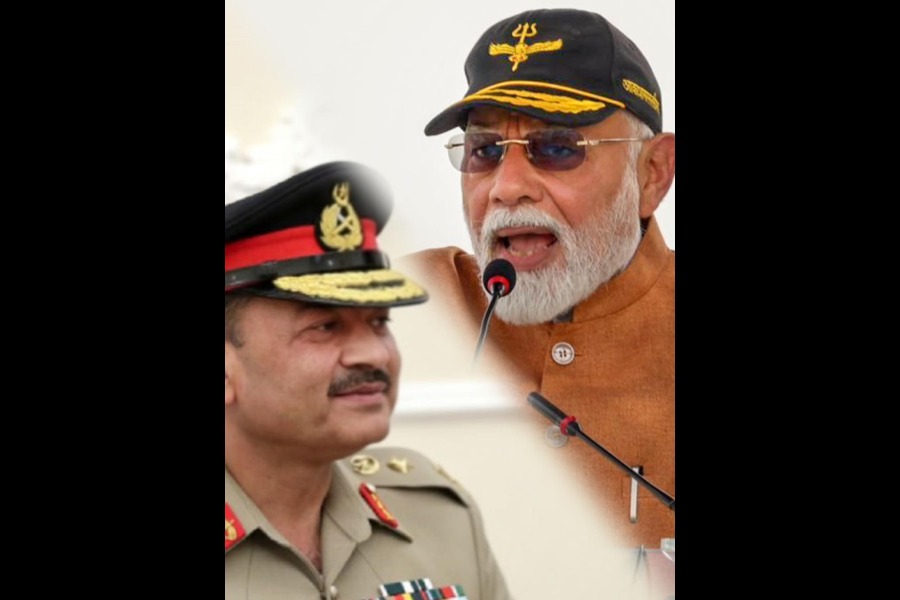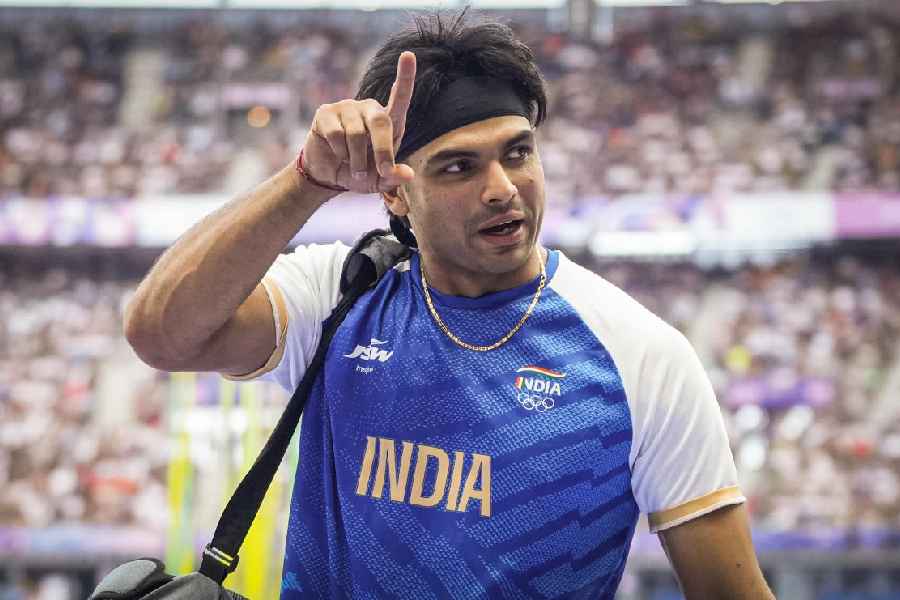
Chitra Banerjee Divakaruni, author of The Mistress of Spices and The Palace of Illusions , likes to put steel in her women characters. Not surprisingly, the 59-year-old award-winning Indian-American's latest novel, Before We Visit the Goddess, revolves around three generations of strong women. Banerjee Divakaruni, who teaches creative writing at the University of Houston, tells Smitha Verma in an email interview that her characters are admirable, sometimes exasperating, but never boring. Excerpts:
Q: Tell us what made you write Before We Visit the Goddess ...
I had been thinking a lot about my mother from the time she passed away a few years ago, and about the legacy we pass on to our children. Since I have two sons, who are in their 20s now, I am very concerned with what cultural and moral values I might be passing on to them, knowingly or unknowingly. That is why this novel is based on three generations of Indian and Indian American women, and the values they try to live by, and the values they try to pass on. Not all these values are necessarily positive ones. Additionally, when I was growing up, my mother always stressed that I should do my best to become an independent and successful woman, and that has become a major theme in this novel.
Q: What was the toughest part of the book?
I set myself a challenge with the form of this book. It is a novel in stories, and as such, it covers three generations in a very agile manner, leaping unapologetically from one important moment in the lives of these women to another. This is the first time I am writing a novel in stories, and I found it exhilarating, though sometimes it was also a scary experience because it was so new. I think, though, this form allowed me to think of these three lives from the point of emotional resonance, rather than purely chronologically. So the form was tough to write - I did a lot of revising and polishing.
The other part was the research, as some of it was before I was born. I spent a lot of time reading about Calcutta of the 1940s and 50s - my birth city, one that has had an enormous emotional impact on me - and imagining it.
Q: The three main women characters, Sabitri, Bela and Tara, are strong and level-headed. Aren't the men, Bipin Bihari, Sanjay and Kenneth, a bit meek?
The women are certainly strong, but I feel the men are strong in their own way, too! That is why several stories are narrated from their viewpoint. Bipin Bihari in his staunch lifelong dedication to supporting Sabitri is one of my favourite characters. There's a moment in the book when he will rush to stand between Sabitri and a gunman. Who wouldn't want a friend like that? And Sanjay, Bela's husband - well, later on in the book we realise he has been hatching a Machiavellian plot for years. This may not be admirable, but it certainly shows a strong personality. And Kenneth - he is there when Bela is all alone, having sunk to the lowest point in her life. He allows her to see herself differently, newly, with possibility. He enables her to find her creativity.
However, my first love is always the women characters. They are at the very centre of this book, and I hope readers will feel as strongly about them as I do, loving them, being afraid for them, wanting to shake them sometimes as they make terrible mistakes, and ultimately rejoicing in their victories.

Q: You have tackled gay/lesbian issues mildly with Kenneth and Meera. Why did you not delve deep into them?
The theme of this book is different, it's not gay issues. However, I wanted to bring in characters that were lesbian or gay because I wanted them as people in the diverse landscape of this novel, for readers to accept them as they are and not make too big a deal about it. Not every person who is gay or lesbian is defined only by that aspect of his or her life. There are many other sides to their personality. I think sometimes we make such a big deal of a person's sexual identity that we lose sight of the rest of them. I didn't want that in this novel.
Q: Why are strong women characters a recurrent theme in your books?
I find them exciting, interesting, timeless, often admirable, sometimes exasperating, but never boring. My mother was a strong woman. She always wanted me to be one, too. Perhaps that is why I am drawn over and over to depicting them. Also, I do believe books influence our psyches. My hope is that people reading my books - men and women - will feel positively about strong women. I hope some readers will be inspired to become stronger in their own lives. I hope some readers will want to do what they can to encourage women become stronger. Strong women make a strong society - I really believe that.
Q: What is the most challenging aspect of writing for you? Is it the plot, character sketch, figuring out the history of a place, or something else?
The character - always. If the character doesn't come alive for me, nothing else will work. I spend a lot of time on shaping character. By the way, I think of houses as characters, too. Especially our wonderful old north Calcutta homes.
Q: Why is Calcutta such an integral part of your stories?
What can I say! I was born there. I went to college there (Presidency). I go back there as often as I can manage. Calcutta has taken hold of my imagination and my heart and refuses to let go.
Q: How much time do you dedicate to writing? Do you have any schedule that you adhere to?
I try to write three to four days a week, in four-hour stretches. More, if I can manage the time. I love writing late at night, after the family has gone to bed. In that silence, I can easily enter the fictional world.
Q: What's next?
I am writing a mystery novel set in a hill town in the Himalayas, in a tea garden - and really enjoying this new genre. And I am simultaneously researching a novel on Sita. That is a big project. I am a little intimidated.











